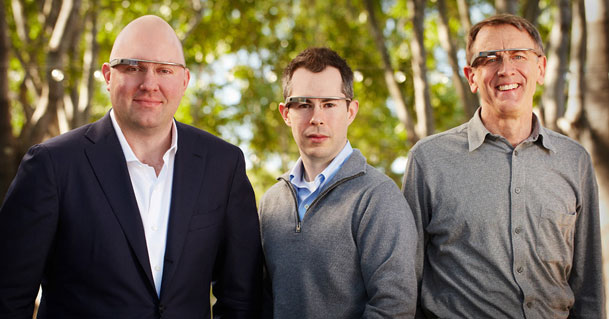Do you believe that Google Glass is an awkward, silly looking gadget that will be relegated to a niche market of techie dorks? If so then Georgia Tech professor Thad Starner thinks you’re missing out on the next technological revolution that will change the world in much the same way the automobile did. In an interview with Technology Review, Starner hit back at the notion that Glass is too dorky for mainstream audiences and said eyeglasses, automobiles and cell phones were all seen as ridiculous when they were first introduced. When the interviewer questioned whether Google Glass really had the same revolutionary potential as the car, Starner doubled down.
“I believe if we reduce the time between intention and action, it causes a major change in what you can do, period,” Starner explain. “When you actually get it down to two seconds, it’s a different way of thinking, and that’s powerful. And so I believe, and this is what a lot of people believe in academia right now, that these on-body devices are really the next revolution in computing.”
Starner himself is a pioneer in the realm of wearable computing and once developed his own computerized headset that was powered by a seven-pound motorcycle battery he lugged around in a backpack. He first showed Google executives Larry Page and Sergey Brin his own computer headset prototype more than a decade ago and in 2010, they hired him to work on Project Glass.
In other words, Starner has a lot of experience wearing computerized headsets and he’s used to suffering the slings and arrows that many in the tech press have lobbed at him and his fellow “Glassholes” over the years. When asked by Technology Review why Glass was superior to smartphones, he said that it enables you to take more immediate pictures of events as they happen by eliminating all the time you spend fumbling around with your smartphone.
“[Smartphones] don’t quite have the functionality,” Starner said. “How do you take the picture of your baby’s first steps?… It takes 20 seconds to get that picture. Then it’s already happened, it’s already passed. The same thing with a wristwatch. You don’t really have a good way of taking a good picture with a wristwatch from a first-person perspective. I think the heads-up display is a better interface for most things you want to do.”






